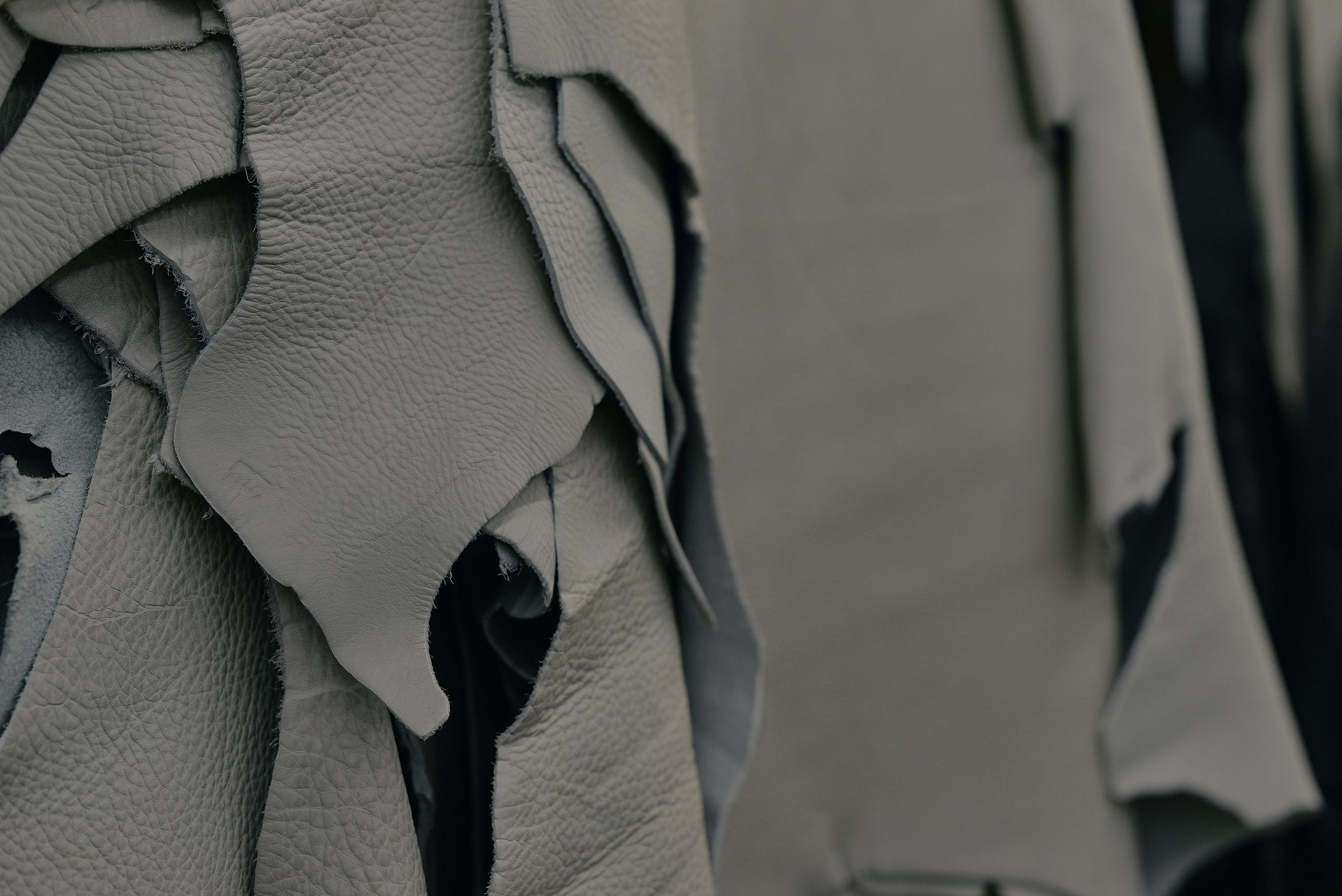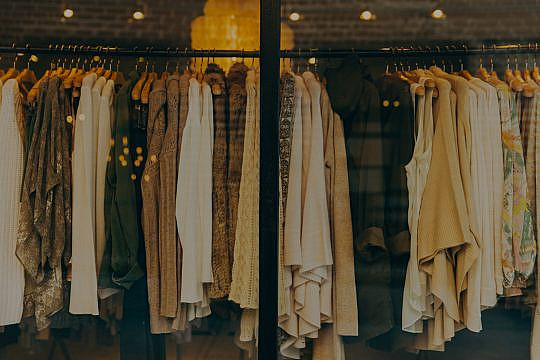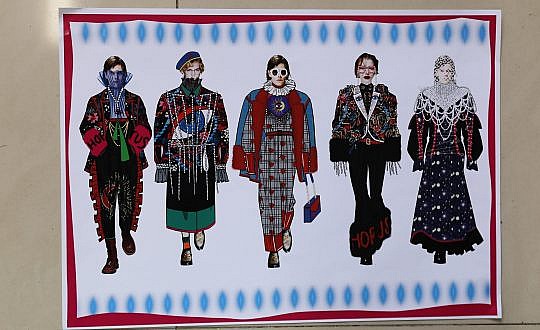Many animal rights campaigners claim that the use of leather contributes to the death of animals, it is also claimed that farms exist purely for the creation of leather – can this be true?
The short answer is: “No. Absolutely not.”
No one raises cows for their hides. In the US, 10-20% of hides are thrown out, sent to landfill. Worldwide, this is estimated at over 40% or 120 million hides.
Sustainable Leather
Where the hides are sold, in the US, they are valued at less than 2% of the value of a cow. It countries like Brazil, it is less. Farmers raise cattle for meat and milk. If cows were bred purely for leather, the price of the hide would not cover the feed and labour costs involved in breeding them and allowing them to reach maturity.
Making the Best Use of Resources
Here at RLSD we know that is a terrible waste and often results in hides being sent to landfill or to be incinerated – both these methods are bad for the environment. Hides are a by-product of the cattle and dairy industries. Using hides to make leather allows us to produce a beautiful, durable, sustainable material, upcycling a by-product that might otherwise end up as landfill.
This article was amended on December 7 2022. It previously said that leather sequestered carbon. While cattle grazed as part of regenerative farming systems contribute to soil carbon sequestration, and the use of cowhides prevents carbon emissions that occur as a result of landfill or incineration, leather does not sequester carbon. Leather does, however, hold carbon from the cowhide it was made from.








